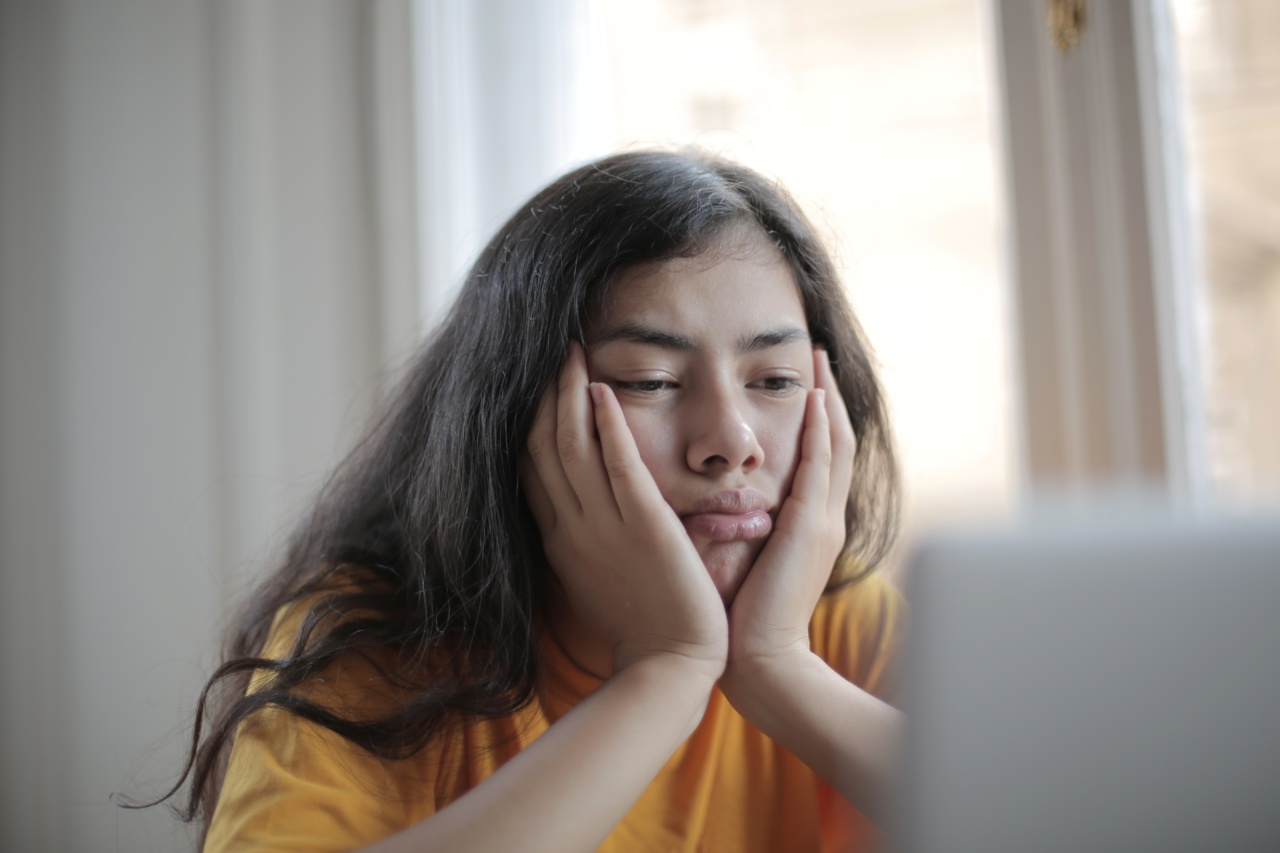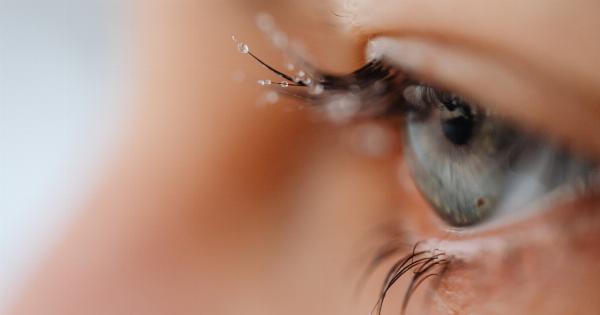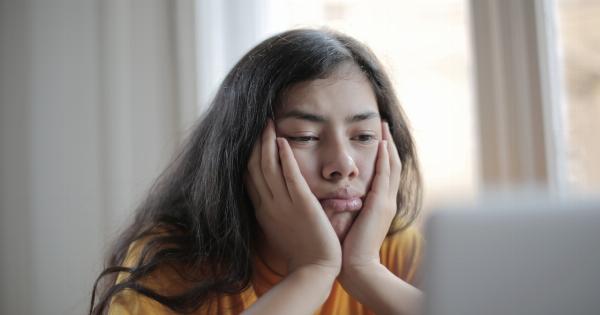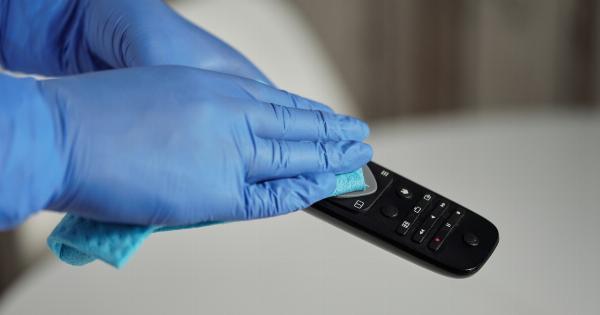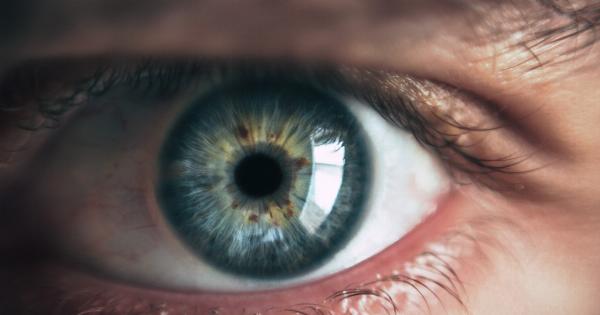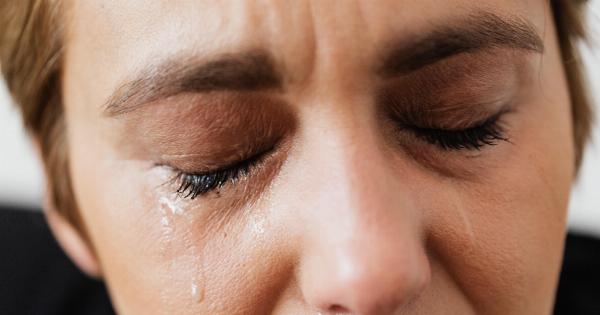Eye drops are a commonly used medication for various eye conditions such as dryness, allergies, and infections. They are widely available over the counter and can be easily purchased without a prescription.
While eye drops can provide great relief and assist in maintaining good eye health, it is crucial to use them correctly to ensure maximum effectiveness and minimize any potential risks or complications. Here are some dos and don’ts to keep in mind when using eye drops.
DOs:
1. Wash Your Hands:
Always wash your hands thoroughly before using eye drops. This practice reduces the risk of transferring any dirt or bacteria from your hands to your eyes.
2. Read the Instructions:
Carefully read the instructions provided with the eye drops to understand the proper dosage, frequency, and application method. Different eye drops may have different directions, so be sure to follow them accordingly.
3. Tilt Your Head Back:
Tilt your head back slightly and look up towards the ceiling. This position helps to create a better angle for the eye drop to enter the eye and avoids excess dripping or spilling.
4. Pull Down the Lower Eyelid:
Gently pull down your lower eyelid using your clean finger to create a small pouch. Place the eye drops into this pouch, as it allows the medication to effectively coat the surface of the eye.
5. Use the Prescribed Number of Drops:
Ensure that you are using the correct number of drops as directed by your healthcare provider or as indicated on the eye drop packaging. Overusing or underusing the eye drops can affect their effectiveness.
6. Close Your Eyes:
After administering the eye drops, close your eyes gently and apply a slight amount of pressure to the inner corner of your eye, near the nose. This technique helps prevent the eye drops from draining out through the tear duct.
7. Wait Before Using Multiple Eye Drops:
If you need to use more than one type of eye drop or medication, wait for at least 5-10 minutes between each application. This time interval prevents any potential interactions between the different medications.
8. Store Eye Drops Properly:
Always store your eye drops according to the instructions on the packaging. Some eye drops require refrigeration, while others should be kept at room temperature. Exposure to extreme heat or cold can alter their effectiveness.
9. Replace Expired Eye Drops:
Check the expiration date of your eye drops before using them. Using expired eye drops can be ineffective and may even cause irritation or infection.
10. Consult Your Eye Care Professional:
If you experience any persistent discomfort, worsening symptoms, or if your condition does not improve after using eye drops, it is essential to consult your eye care professional.
They can assess your condition and provide appropriate guidance or recommend alternative treatments.
DON’Ts:
1. Touch the Eye or Eyelid with the Dropper:
Avoid touching your eye or eyelid with the dropper tip to prevent contamination and possible eye irritation or infection. Keep the dropper clean and away from any surfaces.
2. Share Eye Drops:
Eye drops should never be shared, even with family members or friends. Sharing eye drops can lead to the spread of infections, as well as potential allergic reactions.
3. Apply Eye Drops While Wearing Contact Lenses:
Avoid applying eye drops while wearing contact lenses unless specifically instructed to do so by your eye care professional. Some eye drops can interact with contact lenses, leading to discomfort or damage.
4. Use Expired Eye Drops:
Using expired eye drops can be ineffective and may even cause harm. Always check the expiration date and discard any eye drops that have passed the expiry date.
5. Use Eye Drops as a Makeup Remover:
Do not use eye drops as a makeup remover. Eye drops are not designed or formulated to remove makeup. Use proper makeup removers instead, as eye drops may cause irritation or other adverse reactions if used in this manner.
6. Drive Immediately After Administering Eye Drops:
Some eye drops can cause temporary blurred vision or other visual disturbances, which can impair your ability to drive safely.
It is advisable to wait for a few minutes after using eye drops before operating a vehicle or engaging in any activities that require clear vision.
7. Use Eye Drops Without Medical Advice:
If you are uncertain about the appropriate use of eye drops or if you have any underlying eye conditions, it is crucial to consult with a healthcare professional or an eye care specialist.
They can provide proper guidance based on your specific needs and ensure the safe and effective use of eye drops.
8. Overuse Eye Drops:
Using eye drops excessively or more frequently than indicated can actually worsen your symptoms and disrupt the normal balance of your eyes’ natural lubrication.
Follow the recommended dosage and frequency guidelines provided by your eye care professional or as stated on the packaging.
9. Ignore Hygiene Practices:
Good hygiene practices are essential when using eye drops. Avoid touching the tip of the eye drop bottle, as it can introduce germs into the solution. Additionally, make sure to keep the bottle cap tightly closed when not in use to prevent contamination.
10. Use Eye Drops for Unapproved Conditions:
Only use eye drops for the specific condition or purpose as directed by your healthcare professional or as stated on the packaging. Using eye drops for unapproved conditions or off-label use can be ineffective and potentially harmful.
